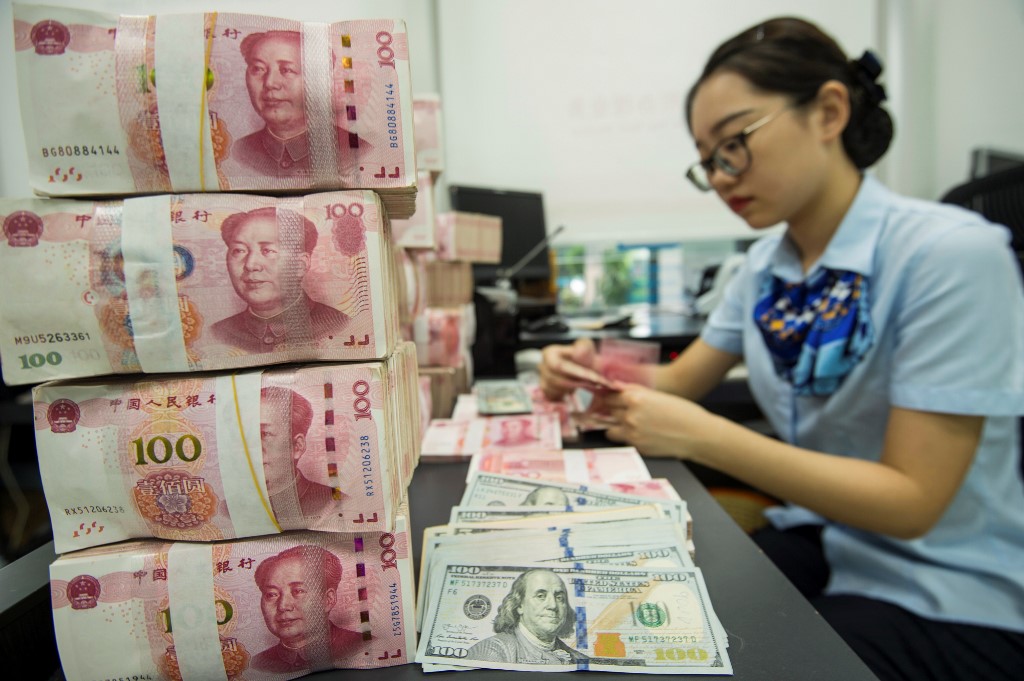(ATF) Central parity of the yuan to the US dollar was reported at 6.4516 on Tuesday Feb 23, the China Foreign Exchange Trading Centre said. This was an increase of 47 basis points from the previous trading day.
The People’s Bank of China authorized the China Foreign Exchange Trade Centre to announce the parity level in the interbank foreign exchange market.
After the PBOC set the yuan’s daily midpoint at 6.4516 per dollar – much firmer than the previous 6.4563 – the spot yuan surrendered its gains and was at 6.4643 to the dollar in late trade, at similar levels to the previous day.
The offshore yuan traded almost at par with its onshore counterpart, strengthening to 6.4697 per dollar from a previous close of 6.4670.
Recently, the rise of the yuan has seen a surge of momentum. Over the past few months, the exchange rate has soared against the dollar, breaking through three important barriers of 7.0 yuan per dollar, 6.9 and 6.8. This is the fastest rise in 10 years.
The benefits of the currency’s appreciation are obvious, Xinhua – the state media outlet – says. For companies, it reduces procurement costs and increases profitability; for individuals, they can enjoy greater benefits such as overseas travel, overseas study, or just shopping abroad.
A report by Pinjin Holdings said the yuan has continued to appreciate since its low on May 27 last year. By Sept 2, the yuan had risen by about 5% against the dollar, which was the same as the period from November 2019 to January 2020. And that was similar to the rise from December 2018 to February 2019.
It said the yuan exchange rate could be divided into three main stages since reform was undertaken in 2005. On the whole, long-term structural factors, dominated by economic growth and monetary policy are the most important forces leading this trend.
The value of the yuan rose from July 2005 to December 2013, driven by fundamental factors such as strong economic growth, a huge trade surplus, the influx of foreign investment, and prudent monetary policy, which provided the basis for sustained appreciation over the medium to long-term. But from January 2014 to April 2018, the yuan depreciated first, before rising again.
The commonly used exchange rate research framework is divided into three broad categories: equilibrium exchange rate theory, purchasing power parity theory, and interest rate parity theory. Authors of the Pinjin report believed that from the perspective of equilibrium-exchange-rate theory, purchasing-power-parity theory or the interest-rate-parity theory, the trend of the renminbi/yuan appreciating was relatively clear.
Now that the exchange rate has returned to the “6” level, the stronger yuan is benefitting from the PBOC implementing its “dual cycle” economic policy, plus “internationalization” of the yuan to enhance ‘the global voice’ of the currency. That helps the yuan to maintain its strength and stability, while relaxed foreign exchange market intervention also provides a basis for a strong currency.
Pinjin Holdings believed that with policy support and a large inflow of foreign capital, the value of the yuan may be pushed even further.
























